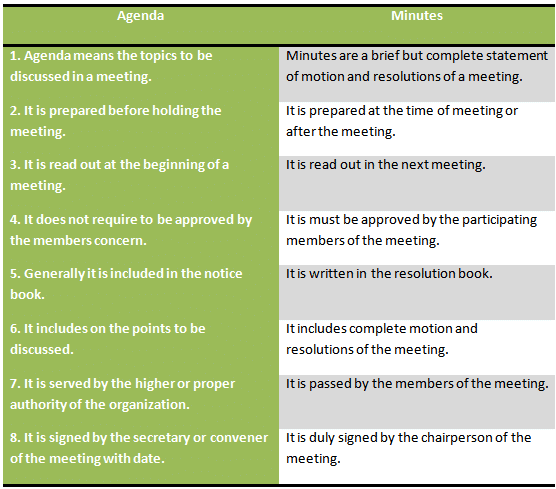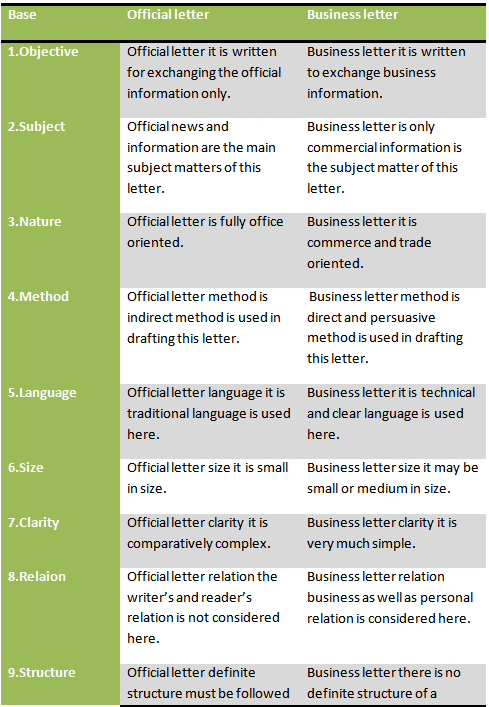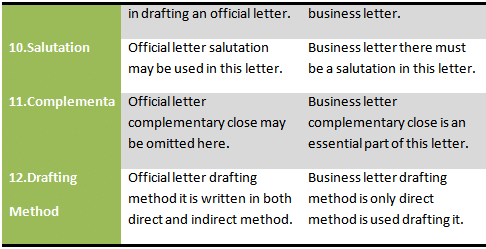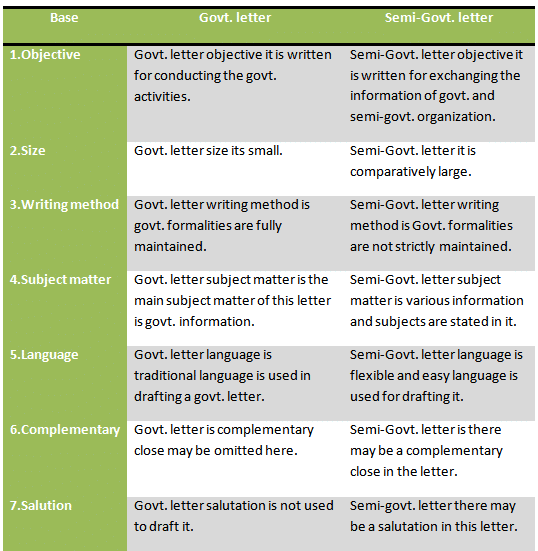Meaning of minute: Minute is an official written statement of the motions and resolutions taken in a meeting. It is brief but a complete record of all discussions held among the members of the meeting. It is also defined as the official record of the proceeding of a meeting that should be needed to approve by the participating members of the meeting.
An accurate written record of meetings is essential not only for all those who attended the meeting but also for those who were unable to attend. Some definitions of minute are as follows:
According to Rajendra Pal and Korlahalli, “Minutes are the official records of the proceedings of meeting.”
So, minutes are the brief and complete official written record of all discussion which is held among the members of the meeting.
Types of minute: Generally the minutes of a meeting can be divided into two groups. They are the follows:
1. Minutes of narration: These minutes will be a concise summary of all discussions which took place, reports received, actions to be taken and decisions made. It includes:
- Names of the participating members.
- Name of the proposer and supporter.
- Discussion summary. Resolutions.
2. Voting pattern etc.Minutes of resolution: Minutes of resolution means the written statement of the decisions that have been taken and approved by the participating members of the meeting. Only the main conclusions which are reached at the meeting are recorded in minutes of resolution. These are usually used for minutes of AGMs and other statutory meeting.
- Example: Purchase of photocopier- the company secretary submitted a report from the administrative manager containing full details of the trial of the AEZ photocopier. It was resolved that the AEZ photocopier be purchased at a cost of $250
Difference between agenda and minute: Both agenda and minutes are the important documents of a meeting. But they differ from each other in respect of the following points:
Factors considered in drafting minute: The following factors should be considered in drafting minutes of a meeting:
- Name and address of the organization
- Name of the meeting
- Date, time and venue of the meeting
- Name of the chair person
- Name and signature of the participating members
- Serial number
- Following of the rules and structure of minutes
- Name of the prosper and supplier of resolutions
- Number of regret letters
- Easy and understandable language
- Divisions
- Proper data
- Signature of the president
What is minute? | Types of minute



